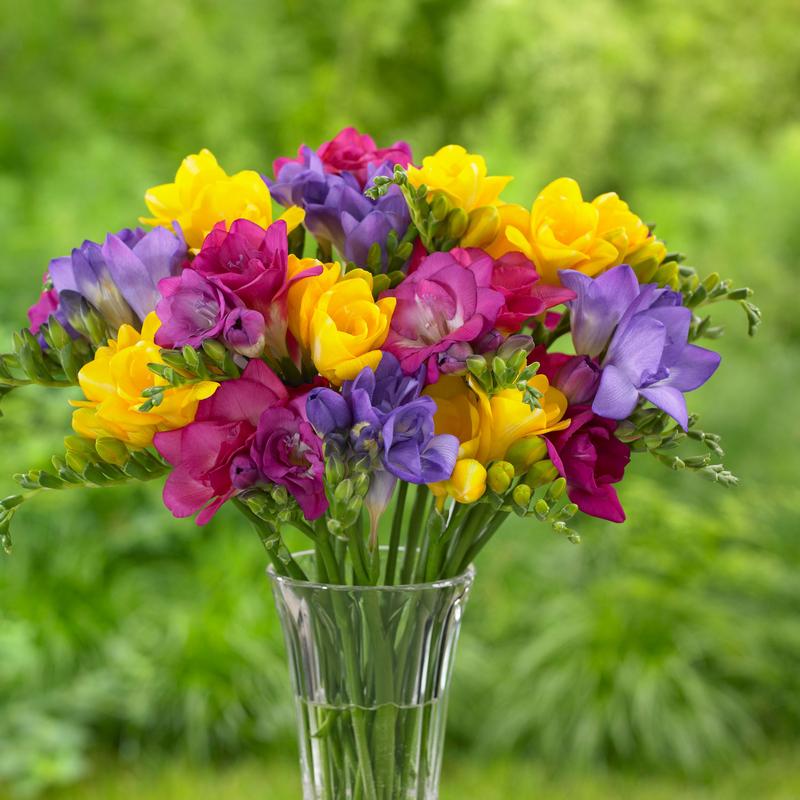How to Grow These Irresistible Spring Flowers
Freesia and ranunculus are two of the world’s most popular cut flowers. Learn how you can enjoy growing these flowers at home in your own garden or in containers.
6 Tips for Growing Ranunculus
Ranunculus have cup-like blossoms with a multitude of paper-thin petals. They have the same lush, romantic appeal as peonies, but the color choices are simply incredible, from pure white through peach, yellow, pink, orange, red and burgundy, plus many gorgeous bi-colors.
Ranunculus flower sizes range from 2” to 5” across and the long stems are ideal for cutting. If the flowers are cut before they’re fully open, they last for 10 to 12 days in a vase.

1. For spring flowers in hardiness zones 8-11, plant ranunculus corms in the fall for spring flowers. In colder climates, the corms should be planted in early spring for late summer flowers. Newly planted corms normally begin flowering in about 90 days and usually bloom for 4 to 6 weeks
2. Ranunculus need well-drained soil and all-day sun. The plants prefer cool temperatures and grow best in coastal climates or in a cool greenhouse. They do not like heat and humidity.
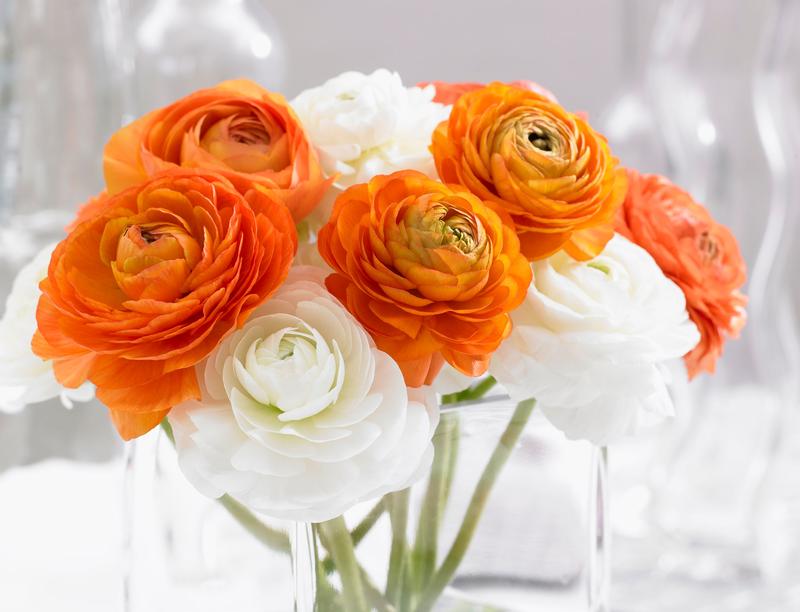
3. Before planting, it’s best to soak the corms in room temperature water for about 3 hours. Plant directly into the garden or pre-sprout the corms in a shallow tray filled with moist growing mix. Cover the corms with a thin layer of soil and keep them in a cool (50-55°F) place for 2-3 weeks. Water lightly. Once the corms have sprouted, they can be transplanted into the garden or containers.
4. Plant ranunculus corms 2” deep and about 5” apart, with the fingers of the hand-like corm pointing downward. Fall-planted ranunculus will grow roots in the autumn, stems in winter and flower in the spring. Spring-planted corms will flower in late summer.
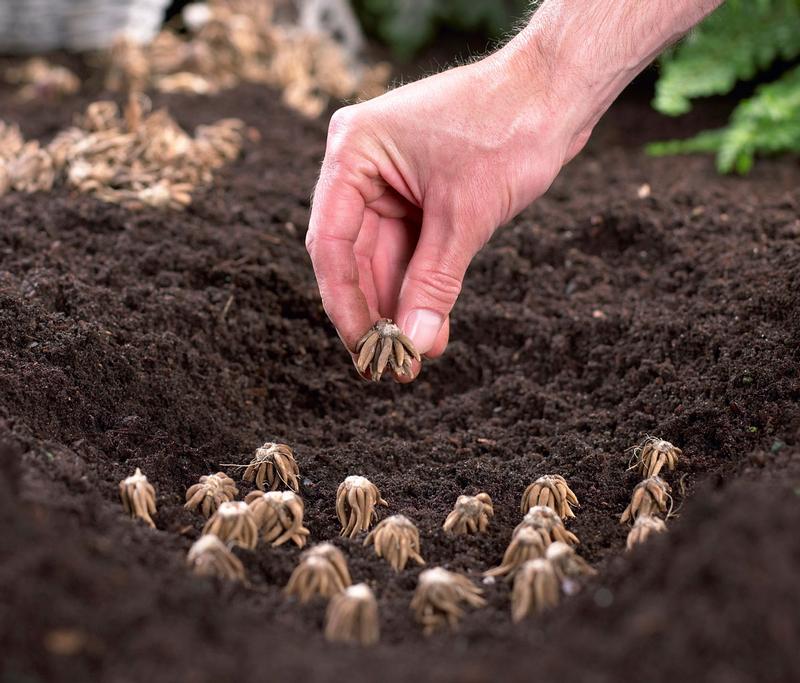
5. Depending on the type of ranunculus and the size of the corms, you can expect each plant to produce between 5 and 10 flower stems. When the flowers are in bloom, feel free to cut as many stems as you wish. As with dahlias, the more flowers you cut, the more the plant will produce.
6. When the flowering season comes to an end, you can remove the plants and replant new corms next year. If you garden in zones 8-10, you can leave the corms in place and grow your ranunculus as perennials. To ensure another year of blooms, allow the foliage to continue growing so it can produce the energy needed for next year’s flowers. Eventually it will yellow and may be removed. The dormant corms will rest until they are ready to begin the next flowering cycle.
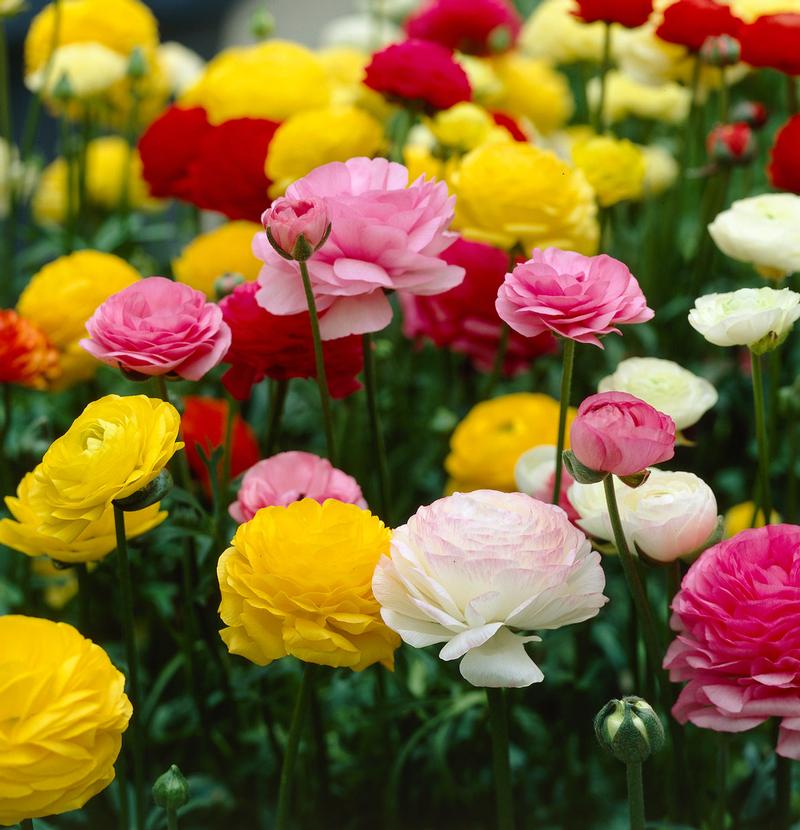
6 Tips for Growing Freesia
Freesias are native to South Africa and have been grown for cut flowers since the 1800s. They are loved for their fresh, sweet fragrance, which may remind you of baby powder. Freesias have 6 to 10 funnel-shaped blossoms per stem, and they open sequentially, from the bottom up. Colors include white, pink, yellow, red and violet-blue. The plants grow about 12” tall and have light green, sword-like foliage.
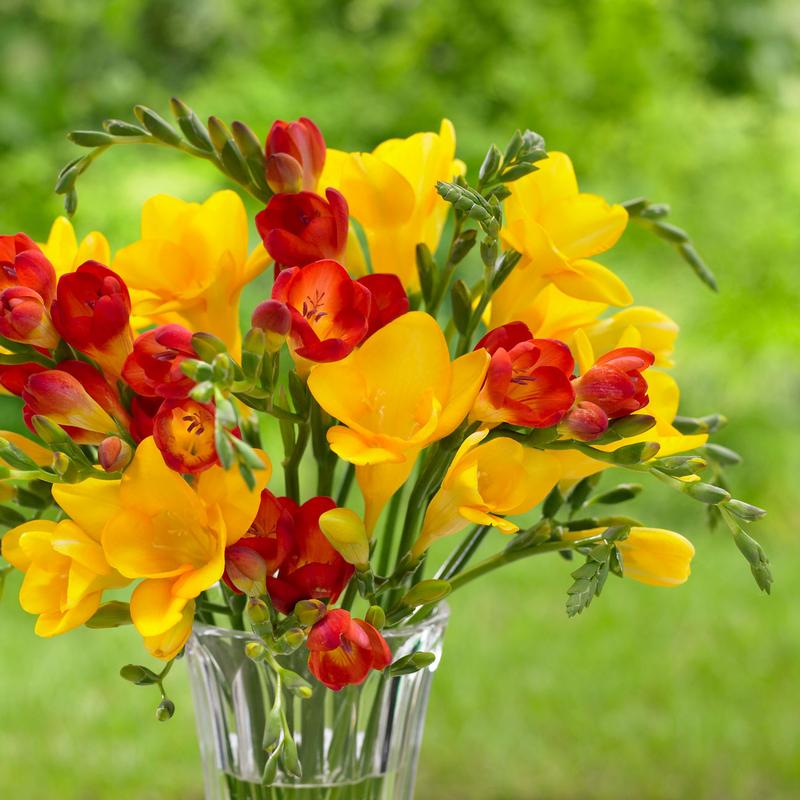
1. Freesias are cool weather plants, and like sweet peas, they will not grow in hot weather. Ideal daytime temperatures are 55 to 60°F with overnight temperatures of 40 to 45°F. Protect young plants from bright light, then give them full sun once they are a few inches tall.
2. Freesias are winter hardy in zones 9-10. In these areas the corms should be planted in fall for late winter flowers. In colder regions, the corms may be planted in fall and grown in a cool greenhouse. Or, they can be planted in spring for late summer flowers.

3. Freesia corms are about an inch tall and shaped like teardrops. Plant them with the pointed end up, in well-drained soil, 1-2” deep and 1-2” apart. Freesias require 100-120 days to bloom.
4. Freesias are now available with single or double flowers. For best results, all types should be staked to keep the stems upright. You can use small, twiggy branches, slender bamboo canes or commercial stem supports.
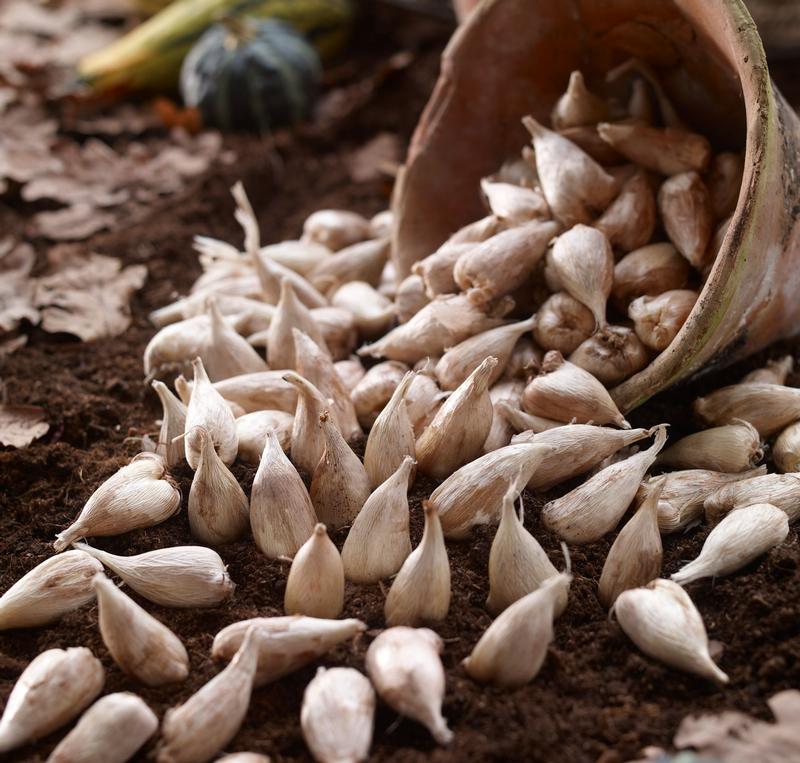
5. If you cut the flowers when they are still in bud, freesia can last up to three weeks in a vase. For best results, add flower food to the water and change it twice a week. Yellow and white freesias are the most fragrant and also have the longest vase life.
6. After the plants finish flowering, the leaves will eventually begin to wilt and turn yellow. At this point, stop watering and let the soil dry out. In zones 9-10 the corms may be left in place until they begin re-growing the next fall. In colder areas, the corms may be overwintered indoors. Most people who grow freesias purchase fresh corms each year. Commercial freesia growers put the corms through a special heat treatment that helps to ensure good flower production.
